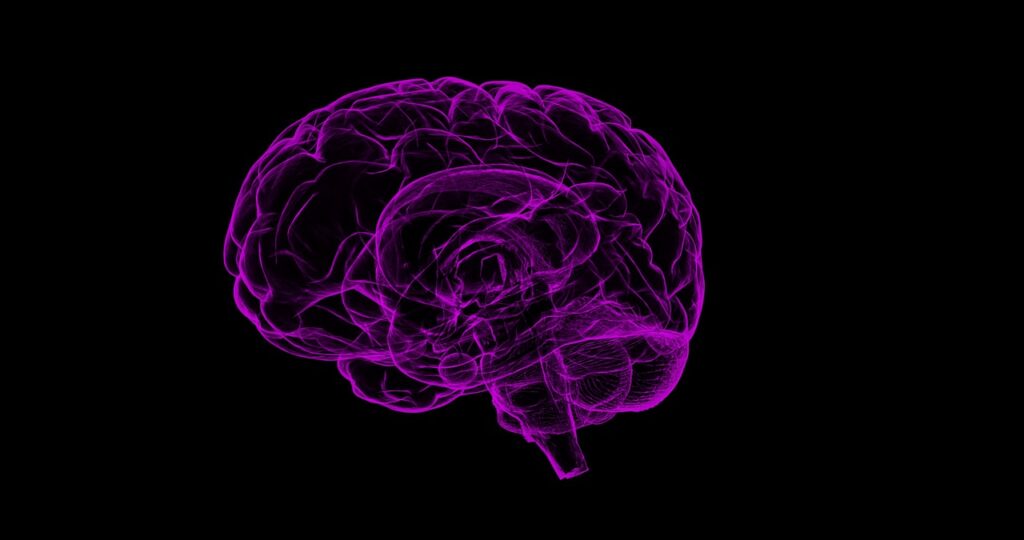Researchers from the University of Tsukuba Led by Professor Takeshi Sakurai have found neurons in the brain that link three serious sleep-related illnesses namely narcolepsy, cataplexy, and rapid eye movement (REM) and could provide a target for treatments.
REM is rapid eye movement sleep which happens when we dream. Our eyes move back and forth while our body remains still. This paralysis of muscles while dreaming is called REM-atonia and is found to lack in people with REM sleep behavior disorder wherein these muscles move around instead of being still . The team were on their mission to find out the neurons in the brain that normally prevent this type of behavior during REM sleep.
The team on their study on mice found a specific group of neurons which were likely candidates.
These cells were located in an area of the brain called the ventral medial medulla and received input from another area called the sublaterodorsal tegmental nucleus, or SLD. Sakurai explained that the anatomy of these neurons found were matched with those that we know.
They were connected to neurons that control voluntary movements, but not those that control muscles in the eyes or internal organs. Importantly, they were inhibitory, meaning that they can prevent muscle movement when active. The team found the mice to move during the sleep when they blocked the input to these neurons. This was like someone with REM sleep behavior disorder.
Narcolepsy is characterized by suddenly falling asleep at any time during the day, even in mid-sentence. Cataplexy is a related illness in which people suddenly lose muscle tone and collapse.
Although they are awake, their muscles act as if they are in REM sleep.
The team were suspecting the special neurons they found. They tested their hypothesis with the help of a mouse model of narcolepsy in which cataplexic attacks could be triggered by chocolate.
They found that silencing the SLD-to-ventral medial medulla reduced the number of cataplexic bouts. The experiment on a whole showed that these special circuits control muscle atonia in both REM sleep and cataplexy.
“The glycinergic neurons we have identified in the ventral medial medulla could be a good target for drug therapies for people with narcolepsy, cataplexy, or REM sleep behavior disorder,” says Sakurai. “Future studies will have to examine how emotions, which are known to trigger cataplexy, can affect these neurons.”
Journal Reference:
Shuntaro Uchida, Shingo Soya, Yuki C. Saito, Arisa Hirano, Keisuke Koga, Makoto Tsuda, Manabu Abe, Kenji Sakimura, Takeshi Sakurai. A discrete glycinergic neuronal population in the ventromedial medulla that induces muscle atonia during REM sleep and cataplexy in mice. The Journal of Neuroscience, 2020; JN-RM-0688-20 DOI: 10.1523/JNEUROSCI.0688-20.2020
Press Release: University of Tsukuba

